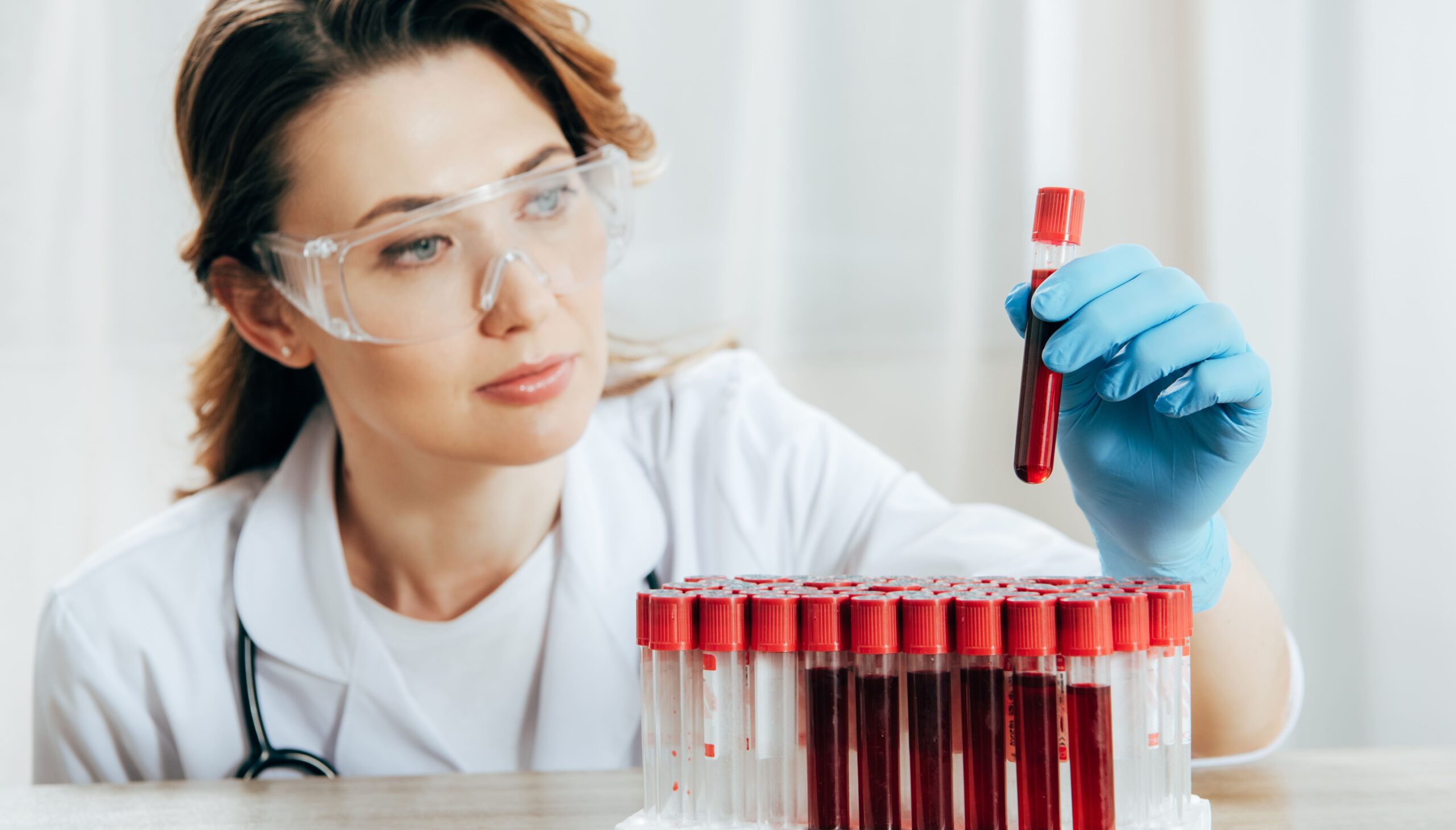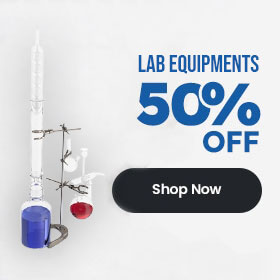Guide to Setting Up a Blood Testing Lab for Business

Establishing a blood testing laboratory is a promising business venture that supports healthcare by providing essential diagnostic services. A well-planned setup ensures accurate results, regulatory compliance, and efficient operations. This guide outlines the key steps, requirements, and best practices for setting up a blood testing lab.
-
Decide on the range of tests (routine blood counts, biochemistry, serology, etc.).
-
Assess local demand to optimize your test menu and profitability.
-
Consider future expansion for specialized testing.
-
Analyze the competition and identify potential clients (clinics, hospitals, individuals).
-
Understand regulatory requirements and local health needs.
-
Outline your objectives, services, pricing, and marketing strategy.
-
Include financial projections for equipment, staffing, and operational costs.
-
Obtain all necessary licenses and permits from relevant health authorities.
-
Ensure compliance with local, state, and national regulations (e.g., CLIA, ISO 15189, or local equivalents).
-
Develop Standard Operating Procedures (SOPs) for all lab processes, including sample handling, testing, quality control, and data management.
-
Select an accessible area, preferably near healthcare facilities or in a central urban location.
-
Ensure compliance with zoning laws and sufficient space for equipment, workflow, and future growth.
-
Plan for distinct zones: sample collection, pre-analytical, analytical, and post-analytical areas.
-
Include proper ventilation, safety equipment (eyewash stations, fire extinguishers), and biohazard disposal systems.
-
Design for unidirectional workflow to minimize contamination risks.
-
: For complete blood counts and related parameters.
-
: For blood chemistry tests (glucose, liver/kidney function, etc.).
-
: For separating blood components.
-
: For manual cell counts and morphology.
-
: For assessing pH, oxygen, and carbon dioxide levels.
-
: For sample and reagent storage.
-
: For sterilizing equipment.
-
: For precise liquid handling.
-
: For cultures and certain tests.
-
Personal Protective Equipment (PPE): Gloves, lab coats, masks, etc..
-
Blood collection tubes, needles, and syringes
-
Sample labels and barcoding systems
-
Quality control materials and calibrators
-
Waste disposal containers
| Component | Purpose/Function | Examples/Notes |
|---|---|---|
| Hematology Analyzer | Blood cell counts, hemoglobin, WBC, etc. | 3-part or 5-part cell counters |
| Biochemistry Analyzer | Blood chemistry tests | Automated or semi-automated |
| Centrifuge | Separate plasma/serum | Tabletop or floor model |
| Microscope | Manual analysis | Binocular or digital |
| Blood Gas Analyzer | Blood pH, gases | Point-of-care or benchtop |
| Refrigerators/Freezers | Sample/reagent storage | 2–8°C and -20°C options |
| Autoclave | Sterilization | For glassware and instruments |
| PPE | Staff safety | Gloves, masks, lab coats |
| IT System/LIS | Data management, reporting | Laboratory Information System (LIS) |
-
: Oversees clinical and operational quality.
-
Medical Technologists/Technicians: Perform tests and maintain equipment.
-
: Collect blood samples from patients.
-
: Ensures accuracy and compliance.
-
: Handles reception, billing, and records.
:
-
Provide onboarding and regular competency assessments.
-
Keep staff updated on new technologies and protocols.
-
Implement strict quality control and assurance protocols.
-
Regularly calibrate and maintain equipment.
-
Ensure biohazard and chemical safety practices.
-
Maintain documentation for all processes and incidents.
-
Use a Laboratory Information System (LIS) for efficient sample tracking, reporting, and data storage.
-
Ensure patient confidentiality and data security.
-
Build relationships with local clinics, hospitals, and healthcare providers for referrals.
-
Collaborate with accredited labs for specialized tests not performed in-house.
-
Define scope and conduct market research
-
Secure funding and develop a business plan
-
Obtain all licenses and certifications
-
Design efficient and safe lab layout
-
Purchase and install essential equipment
-
Hire and train qualified staff
-
Implement quality assurance and safety protocols
-
Establish robust data management systems
Setting up a blood testing lab for business requires careful planning, regulatory compliance, and investment in quality equipment and skilled personnel. By following a structured approach and prioritizing accuracy, safety, and efficiency, your lab can provide reliable diagnostic services and contribute significantly to community healthcare.




